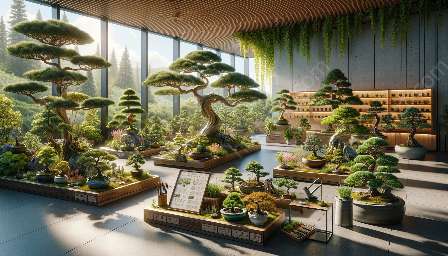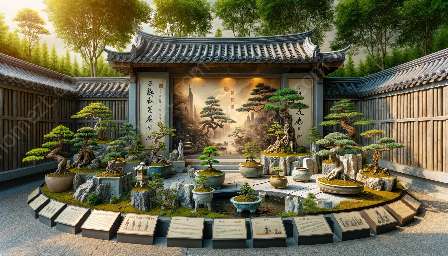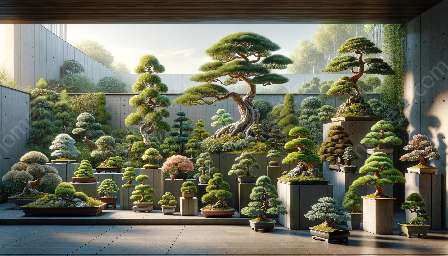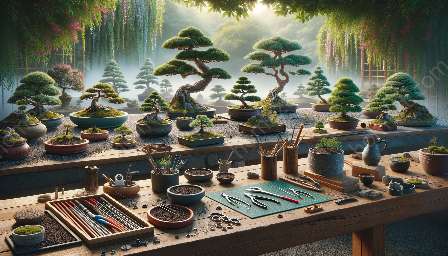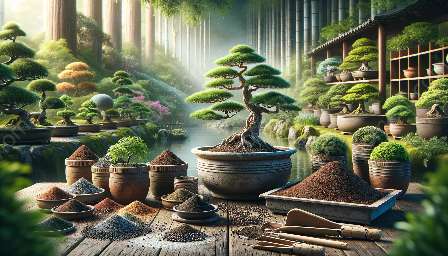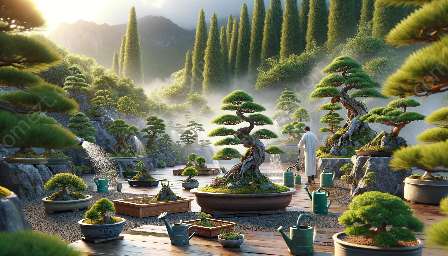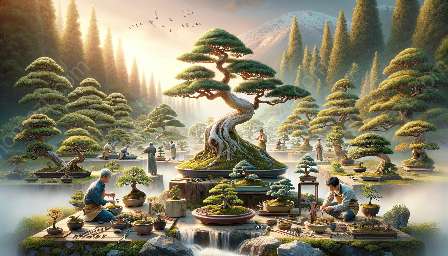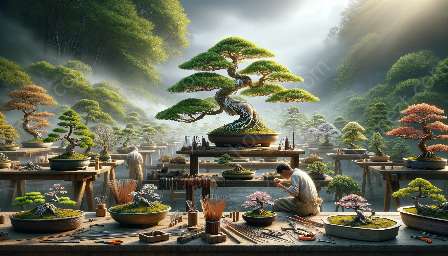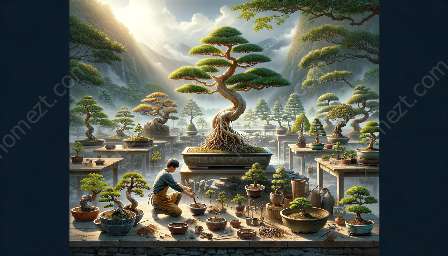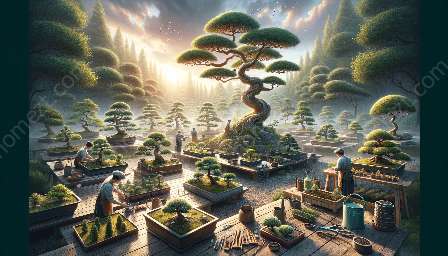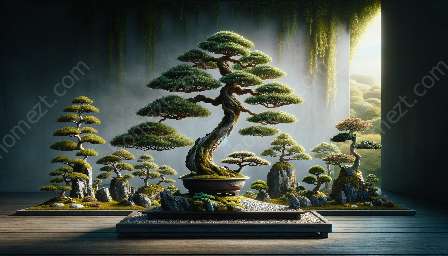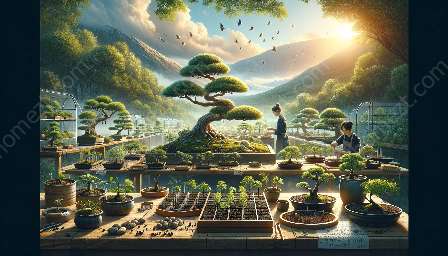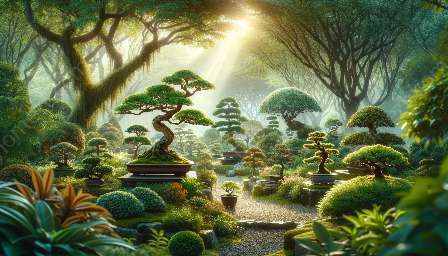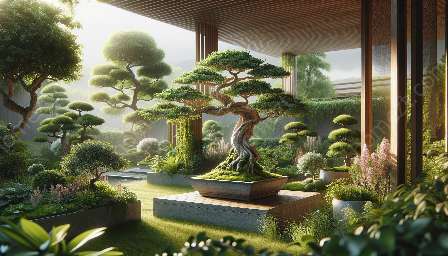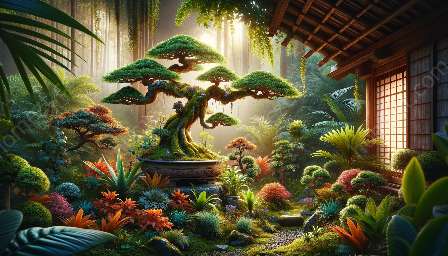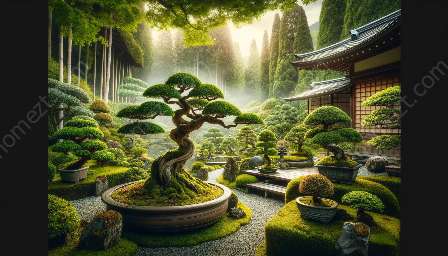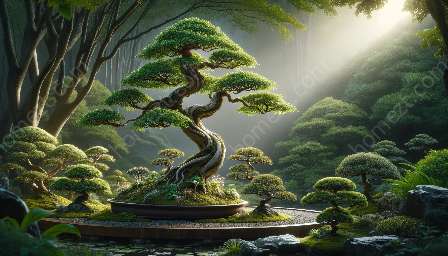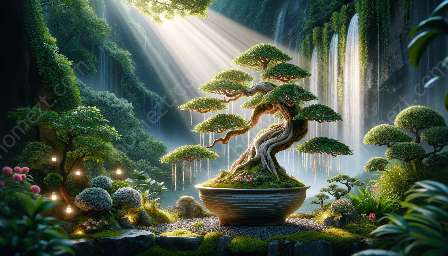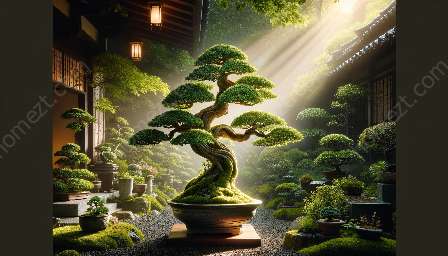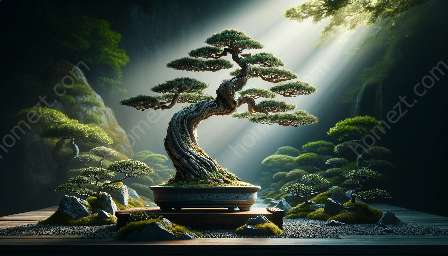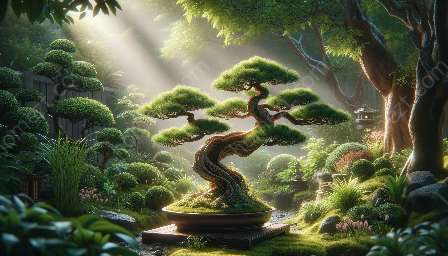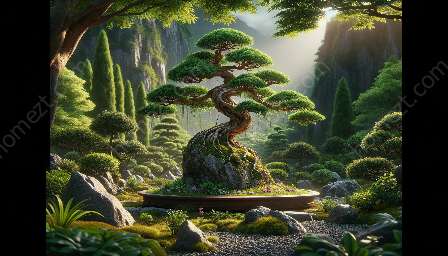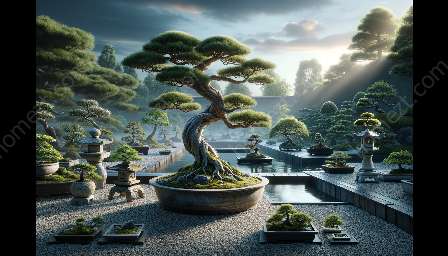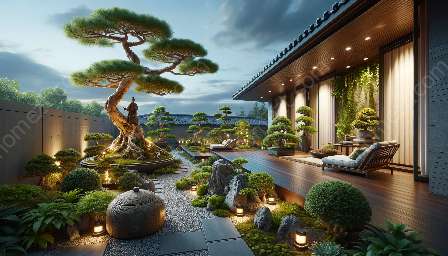Bonsai, a traditional Japanese art form that involves cultivating miniature trees, requires special attention to the soil and potting mix used for the trees to thrive. In this comprehensive guide, we explore the importance of soil and potting mix for bonsai, along with practical tips for bonsai cultivation and its relationship to gardening and landscaping.
Understanding Bonsai Cultivation
Before delving into the specifics of soil and potting mix, it's important to understand the basics of bonsai cultivation. Bonsai trees, despite their diminutive size, require the same care and attention as their larger counterparts. They need the right soil composition, adequate water, sunlight, and proper pruning to flourish.
Whether you're a seasoned bonsai enthusiast or a beginner, it's crucial to grasp the significance of soil and potting mix in creating an environment where bonsai trees can thrive.
Essential Characteristics of Bonsai Soil and Potting Mix
Drainage: Bonsai trees are susceptible to root rot if their soil retains too much moisture. A well-draining soil mix helps prevent waterlogging and ensures the roots have access to oxygen.
Structure: The soil structure is vital for root development and overall tree health. A good potting mix provides a balance between water retention and aeration, promoting healthy root growth.
Nutrients: Bonsai trees require essential nutrients for sustained growth. The soil and potting mix should have the capacity to retain and release nutrients as needed by the trees.
Components of Bonsai Soil Mix
Bonsai soil mixes generally consist of three key components:
- Inorganic Components: These components, such as small-grain akadama, pumice, and lava rock, aid in water retention, aeration, and nutrient delivery to the roots.
- Organic Components: Organic materials like pine bark, peat moss, and composted pine needles provide nutrients and promote microbial activity in the soil.
- Drainage Material: Adding a layer of drainage material, such as coarse gravel or grit, at the bottom of the pot helps prevent waterlogging.
Choosing the Right Soil Mix for Bonsai
When selecting a soil mix for your bonsai, consider the specific needs of the tree species and its stage of development. Different species have varying requirements for water, nutrients, and aeration. Additionally, young and mature bonsai trees may benefit from different soil compositions.
Bonsai Cultivation and Gardening & Landscaping
Bonsai cultivation seamlessly intertwines with the principles of gardening and landscaping. The art of bonsai incorporates fundamental gardening practices, such as soil preparation, watering routines, and understanding the seasonal needs of trees.
Furthermore, bonsai trees can add a captivating element to landscaping designs, whether they adorn a serene garden or form part of an intricate landscape arrangement. By understanding the nuances of soil and potting mix for bonsai, enthusiasts and landscapers can create aesthetically pleasing and sustainable outdoor spaces.
Conclusion
Mastering the intricacies of soil and potting mix for bonsai is integral to successful cultivation and enriching the overall landscape. By recognizing the importance of proper soil composition, drainage, and nutrient balance, enthusiasts can ensure their bonsai trees thrive for years to come.

